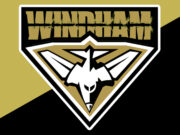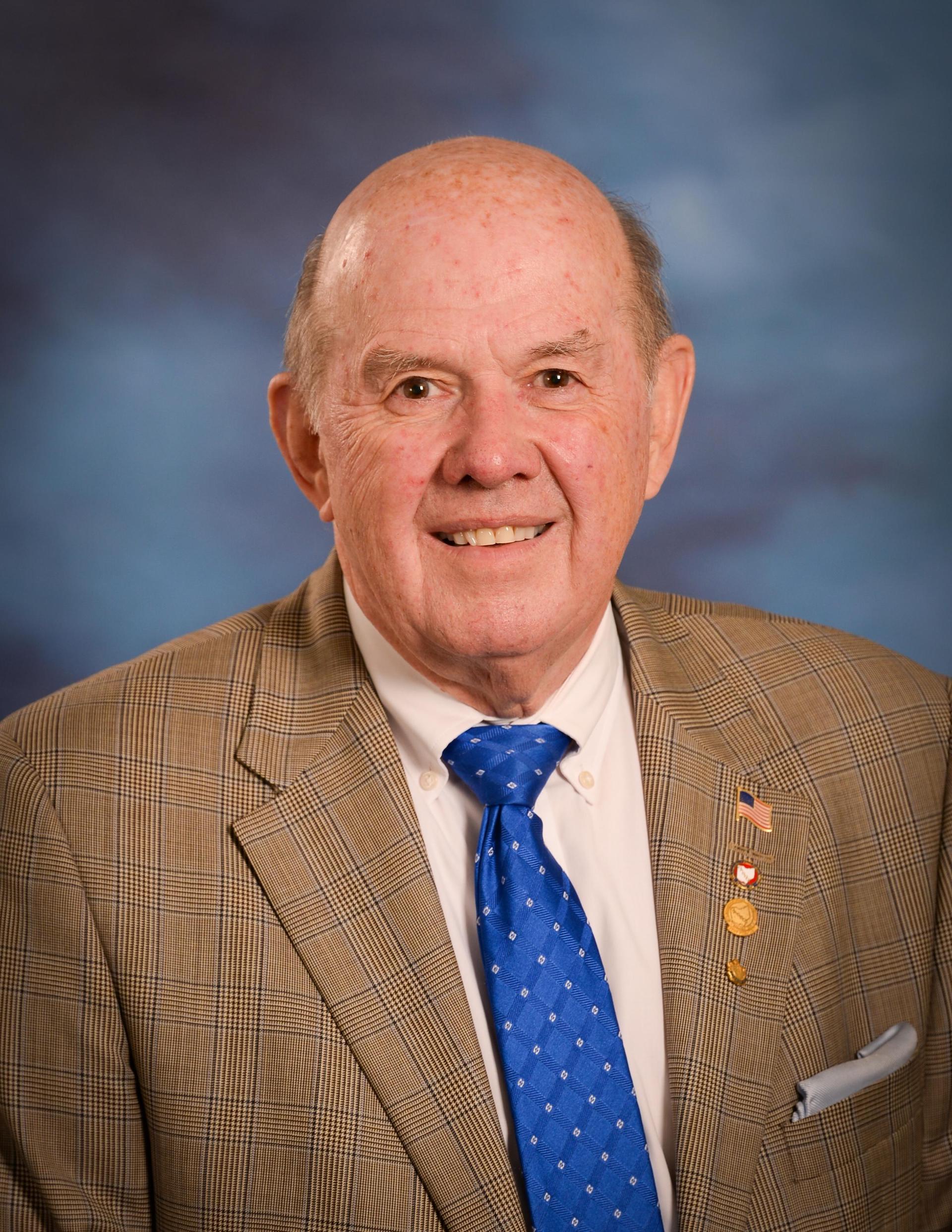So here I am at the BIG FANDANGO at the Longaberger Basket Outlet Store at Aurora Premium Outlets and I’m making a basket…me, Little Miss Craftperson, whose biggest venture into crafts was probably when I used to make molds out of modeling clay and pour plaster-of-paris horse heads, later hand-painted, as gift items for favored individuals (Mom still has hers). No, it was not last year. Anyway, there I was, and it was pretty cool.
Basket types fall into four main categories : coiled, plaited, twining and wicker or splint. All of the types can be made out of just about any sort of flexible material but each has a more commonly-used set of substances, such as grass or rushes, palm and yucca, roots and tree bark, willow or oak or ash or cane or reed…plenty of choices. Baskets have been around for at least 10,000 to 12,000 years(oldest one found in Faiyum, Egypt), so we’ve had plenty of time to figure out things to make them with, even pine straw or animal hair. As a matter of fact,, it’s quite possible that pottery came about from coating baskets with clay and letting it dry or putting the coated baskets in the fire.
My creation was of the wicker/splint type and made of maple veneer splints, which had been soaked overnight to make them pliable and there were colors involved–red, yellow, orange and brown (But they all had “designer” names such as “cocoa” or “sunset” just like in the old Sears and Roebuck catalogs which supplied homes all over America with items in “maize” and “periwinkle”) in addition to the plain, medium-brown maple splints( in widths of 3/8”, 5/8” and 1”) that made up the body of the basket.
Master basketmaker, Mark Patterson, who’s been doing this for some twenty-four years, set up the basic 8” bottom (I’ve been sitting on a bottom considerably wider than that for some time, but we won’t go there) on a purpose-made device sort of like a combination lathe and vice and we were off!
Under, over, under, over, spokes and spacers, under, over, cut-n-tuck, tug-to-tighten, over, under, over, under, tamp ‘em down, weave away! Say, this is fun!
The handle got little tacks to make sure that when you got all of your eggs in there the basket would make it out of the henhouse before disaster could strike. Little-bitty tacks they were too, 7/32 of an inch, ¼ of an inch–that small, and they were readily at hand on magnets attached to the basket-lathe. And there were decorative stud-like(We’re not going there either) tacks with little maple leaf washers to spiff up the rim of the piece (There you have the three basic parts of any basket–base, sidewalls, rim). Now JUST IN CASE some scraping or scuffing might have been involved (Not that I would ever do such a thing), there was a set of special colored markers–“cocoa” and “sunset”, remember–to touch up those spots and a Dremel tool was at the ready for any pilot holes in thick spots
A real basketmaker can turn out one of these beauties in something like ten minutes and I wasn’t too far off…never mind how far…and the good ones are signed by the maker. I got to sign mine and also had it autographed by the company president, Tami Longaberger, and her daughter, Claire Longaberger Kaidu–instant family heirloom! It sits in my living room right now, with books in it. Baskets are pretty versatile; some made by the Native Americans of the southwest are reputed to be so tightly-woven that they will hold water–for a limited time, of course. During both world wars they were used to transport carrier/messenger pigeons and during the Civil War observation balloons had passenger baskets underneath and supplies of various sorts, in wars of varying levels of technicality, were carried in basket panniers on mules and donkeys. Baskets from Williamsburg and Nantucket are closely identified with their places of origin and in the Pacific northwest there are signature designs reflecting Native American culture of that region.
The Longaberger affair was quite the “do” that weekend. There were sales consultants and baskets of every size and description (It was easy to tell them apart, the baskets couldn’t talk). Meeting and greeting was at nearly convention level. A new line of goods , professional chefs and demonstrations, company poo-bahs, tasty samples and info from Mad Jacks and the Miles Farmers’ Market on all of the possibilities at those participating establishments–‘twas a fine foodie festival, to be sure.
As the acting food editor(versatility being my middle name) of the Villager–following in the footsteps of the inimitable Roy Pancost–I got to make the basket, judge a baking contest, watch the demos, schmooze with one of the chefs(Fritz Campbell), try out the Bananas Foster (yum), talk with the Longaberger duo, who seemed to really know their stuff, by the way, get the low-down on the new line of Flameware (I can tell you what it’s made of and how to season it) and generally do my Martha Stewart imitation medium- well. What I won’t do for breaking news!
I’m hoping that somebody in the area opens a little shop dealing in gold and precious metals so I can be first in line for samples. I’ve had practice!













